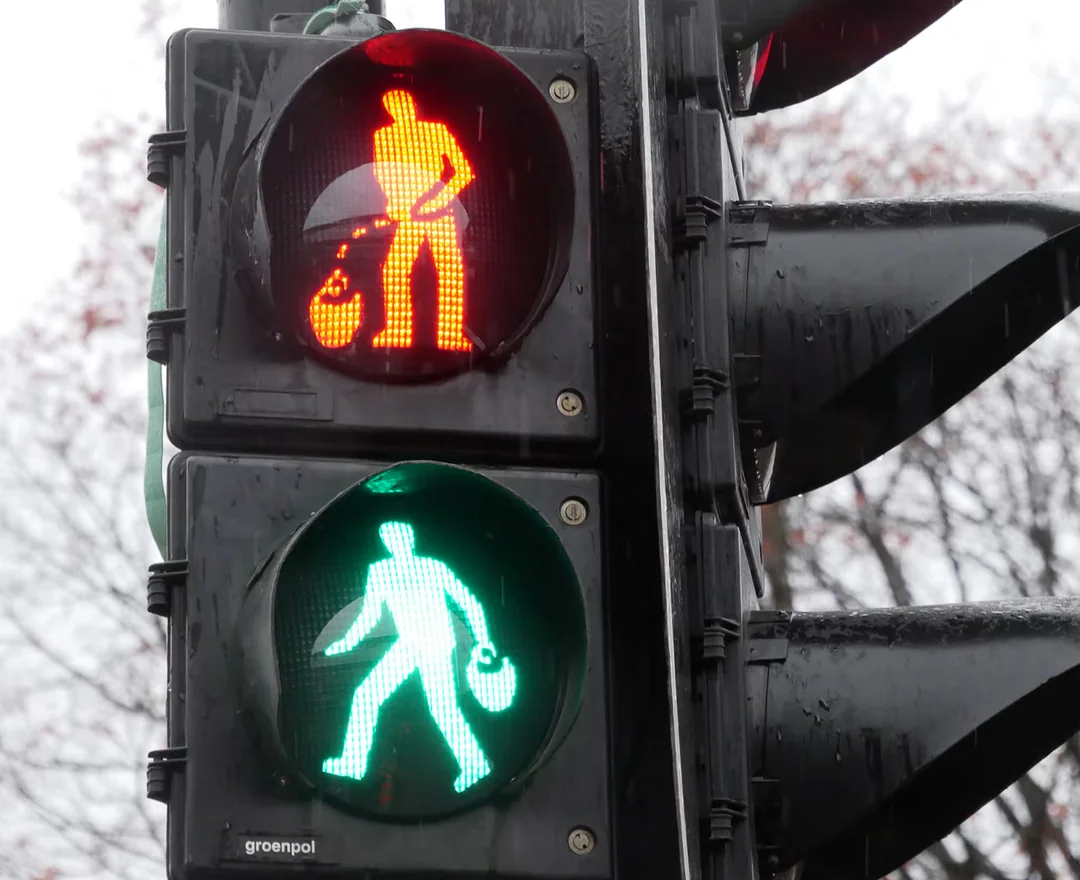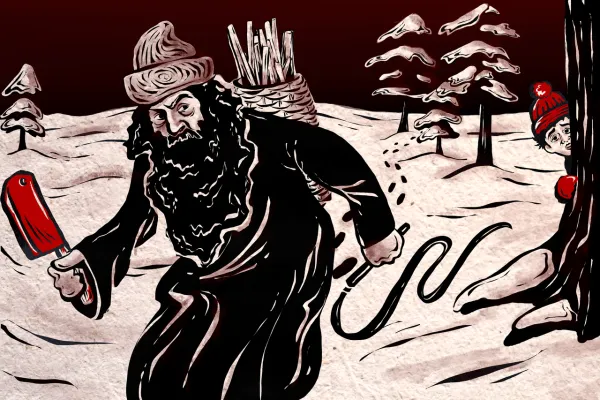The US planned to detonate an atomic bomb on the moon

As the Cold War simmered between the US and the Soviet Union, both nations proposed some pretty outlandish ideas, but one of the most mind-boggling was the once-classified plan to detonate a nuclear bomb on the moon. After the USSR made cosmic history by sending the world’s first artificial satellite, Sputnik, to space in 1957, the U.S. hoped to follow up with an unprecedented display of power. “Specific positive effects would accrue to the nation first performing such a feat,” according to a 1959 report that was declassified in 2000. These bizarre plans might have remained under wraps to this day if not for Carl Sagan, the celebrated astronomer. At the time a Ph.D. student at the University of Chicago, Sagan was recruited by renowned Dutch astronomer Gerard Kuiper to help spearhead what became known as Project A119. (via Nautilus)
Inside a cave in the Balkans scientists found the world's largest spider web

Even in a pitch-black cave, what appears to be the world’s largest spider web is hard to miss.It stretches for about 1,140 square feet, about the size of a small home, hanging in a low and narrow passage in a cave spanning the border between Albania and Greece.But what scientists recently found in Sulfur Cave, a network of rooms and passages carved from limestone by the Sarantaporos River, surprised them even more than the size of the web. Inside the spider metropolis — population 111,000 — were two species that had not been known to live together harmoniously, mainly because one species tends to eat the other.The team of scientists discovered that 69,000 Tegenaria domestica, known as the barn funnel weaver, were living with about 42,000 Prinerigone vagans, which inhabit wet places. Usually the barn funnel weavers prey on P. vagans, which are smaller. The cave itself was hollowed out by sulfuric acid formed from the oxidation of hydrogen sulfide in the groundwater. (via the NYT)
The word magpie is short for Margaret Pie and other birds used to have similar names

Magpies were originally known simply as “pies” until the nickname “Mag,” short for Margaret, was added to the front sometime in the Middle Ages. Before it began to be treated as a single word, it was rendered as “Mag Pie”, a sort of fanciful full name for the creature. The same type of thing happened to the daw, who was eventually christened with the proper name of Jack Daw. While the magpie and jackdaw have kept their human nicknames into the present day, Philip Sparrow hasn’t been so lucky. In fact, almost every bird used to have a nickname of this sort that has long since fallen out of common use. In the UK, you might still hear the names “Jenny Wren”, “Tom Tit”, and “Jack Snipe”, but these are just a drop in the bucket of what used to be. 500 years ago, Mag was a common generic name for a chattering, gossipy woman, Robin was a charming nickname for little boys, and Jack was associated with mischievous men. (via Weird Medieval Guys)
Hi everyone! Mathew Ingram here. I am able to continue writing this newsletter in part because of your financial help and support, which you can do either through my Patreon or by upgrading your subscription to a monthly contribution. I enjoy gathering all of these links and sharing them with you, but it does take time, and your support makes it possible for me to do that. I also write a weekly newsletter of technology analysis called The Torment Nexus.
A Peruvian hill dotted with thousands of holes may have been a primitive spreadsheet

In southern Peru, Monte Sierpe or “serpent mountain” is dotted with more than 5,000 elusive, meticulously arranged holes that are lined up for nearly a mile. More than six centuries ago, these pockmarks might have served as a tax spreadsheet of sorts for the Inca Empire, according to new findings that were recently published in the journal Antiquity. These mysterious mountain dots were captured in aerial photographs by National Geographic explorer Robert Shippee, which were published in 1933. Since then, they have captivated the public and researchers, who have offered up wide-ranging explanations behind their origins: capturing fog, collecting water, mining, gardening, or even aliens, among other theories. Now, detailed analysis of this site, also known as the Band of Holes, has revealed intriguing patterns that point to intricate record-keeping, an international team of researchers argues. (via Nautilus)
The people from this Dutch city famous for its wool have an amusing nickname

Tilburg is a large city in southern Netherlands that started to grow during the Industrial Revolution, when wool factories were set up, thus making it the wool capital of the Netherlands. Wool was often treated with urine during processing – until the invention of more modern ammonia processing – to clean and soften the fabric. For washing, aged urine was used. It was left overnight in vats at a ratio of one part urine to two parts water. The mixture was then heated to approximately 50 degrees Celsius, and the wool was washed in it. Those who worked at the woolen mill were asked to bring along a full bottle of urine to work every morning. This gave the Tilburgers their nickname of Kruikezeikers or "jug pissers." There is a famous statue in town of a man peeing into a jug, and one of the town's traffic lights even includes a silhouette of someone doing so for the "don't walk" signal, and a man carrying a jug for the "walk" signal. (via WikiTravel)
How to disembark from a submarine in style

Acknowledgements: I find a lot of these links myself, but I also get some from other newsletters that I rely on as "serendipity engines," such as The Morning News from Rosecrans Baldwin and Andrew Womack, Jodi Ettenberg's Curious About Everything, Dan Lewis's Now I Know, Robert Cottrell and Caroline Crampton's The Browser, Clive Thompson's Linkfest, Noah Brier and Colin Nagy's Why Is This Interesting, Maria Popova's The Marginalian, Sheehan Quirke AKA The Cultural Tutor, the Smithsonian magazine, and JSTOR Daily. If you come across something interesting that you think should be included here, please feel free to email me at mathew @ mathewingram dot com



